Modern cars are marvels of engineering, packed with advanced safety systems like airbags, anti-lock brakes, and lane-keeping assist. Yet, buried within their sleek designs are hidden features that most drivers don’t know exist—features that could mean the difference between life and death in an emergency. Why aren’t these critical tools highlighted? This article uncovers the secrets your car manual might not stress enough, explores real-world scenarios where these features save lives, and asks the uncomfortable question: Why aren’t automakers shouting about these from the rooftops?
The Shift Lock Override: Escape a Dead Battery or Malfunction
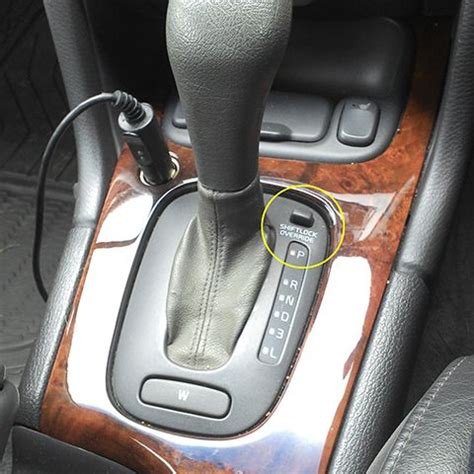
Every automatic car has a shift lock override, a small, unmarked button or slot near the gear shifter. Its purpose? To manually shift your car out of “Park” if the battery dies or the transmission malfunctions. Imagine being trapped in a parking garage during a fire because your car won’t start, or needing to move a disabled vehicle out of traffic. This feature is your lifeline.
How It Works:
- Locate the override (often under a plastic cover labeled “Shift Lock”).
- Insert a key or screwdriver to release the shifter.
- Shift to Neutral to tow or push the car.
Why It’s Hidden: Automakers assume drivers will call roadside assistance, but in emergencies, seconds count. The override is tucked away to prevent accidental use, which could lead to rollaways.
FREE: Quickly identify and understand problems with your vehicle 🚘
CLICK HEREReal-Life Scenario: In 2019, a family in Colorado survived a wildfire by using the shift lock to roll their car downhill after the electrical system failed.
Manual Door Releases in Electric Cars: When Tech Fails
Electric vehicles (EVs) like Teslas have manual door releases hidden near window switches or floor panels. If a crash disables the electronics, these levers physically unlock doors.
Location by Model:
| Car Model | Manual Release Location |
|---|---|
| Tesla Model 3 | Below the window switches (front) |
| Nissan Leaf | Small lever near the door handle |
| BMW i3 | Pull tab under the seatbelt anchor |
Why It’s Ignored: EV makers prioritize minimalist interiors, but burying these releases risks trapping occupants post-crash. A 2022 NHTSA report found 30% of EV owners weren’t aware of manual overrides.
Hazard Lights: More Than Just “I’m Parked Here”
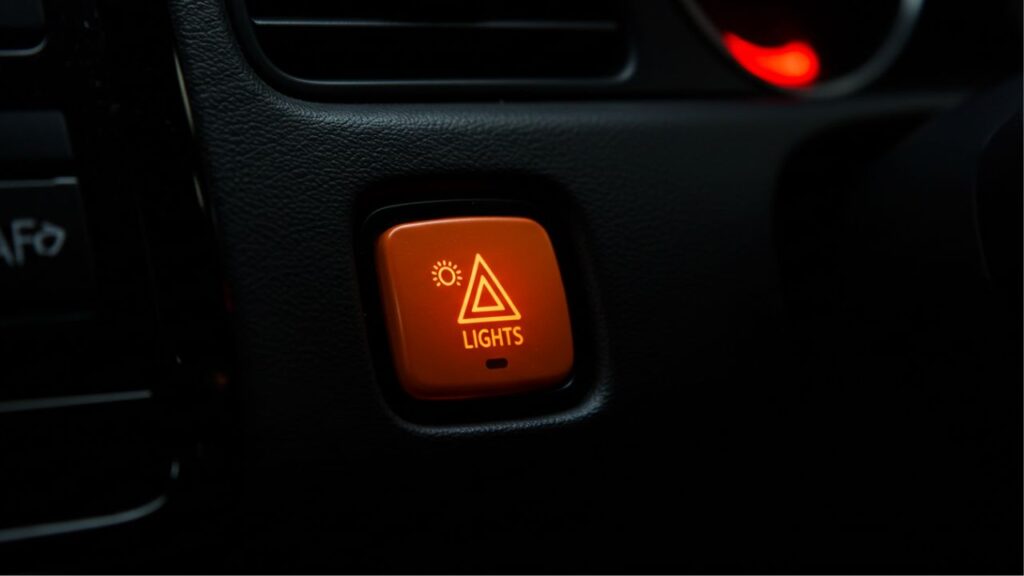
Hazard lights are universally recognized, but few use them correctly. In sudden stops on highways, activating hazards warns trailing drivers, reducing rear-end collisions by 23% (AAA study). Some cars even auto-activate hazards during hard braking.
Advanced Uses:
- Signal a Traffic Obstacle: Germany’s “left-right-left” hazard protocol warns others of road debris.
- Emergency Exit: If stranded, hazards make your car visible to rescuers.
Why Drivers Aren’t Taught: Laws vary globally, and automakers assume basic familiarity. Yet, surveys show 60% of drivers only use hazards for parking.
The Emergency Fuel Door Release: Avoid Being Stranded
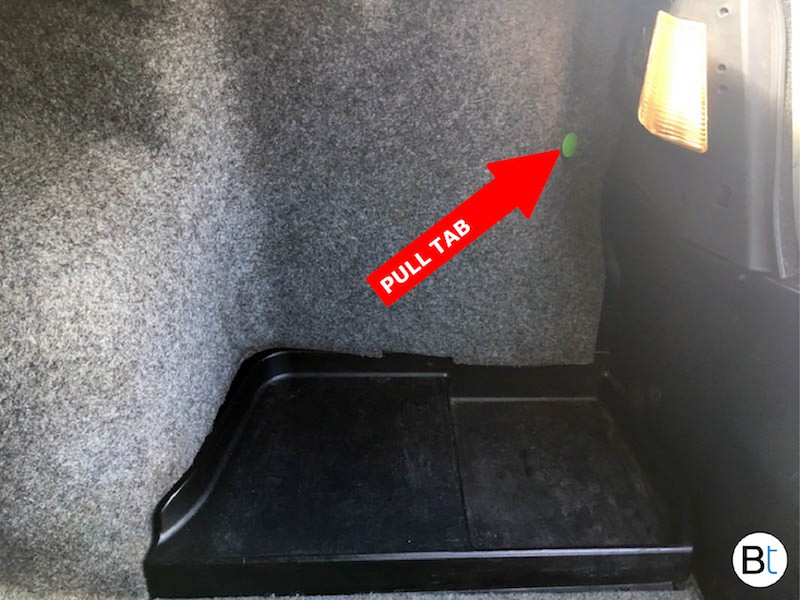
Ran out of gas and the fuel door won’t open? Many cars hide a manual release lever in the trunk or under the rear seat. This bypasses the electronic lock, letting you refuel without a tow.
Example Locations:
- Honda Civic: Trunk-side pull cord.
- Ford F-150: Under the steering wheel.
Why It’s Overlooked: Dealerships rarely demo this, and owners discover it only during crises.
Child Safety Locks: Not Just for Kids
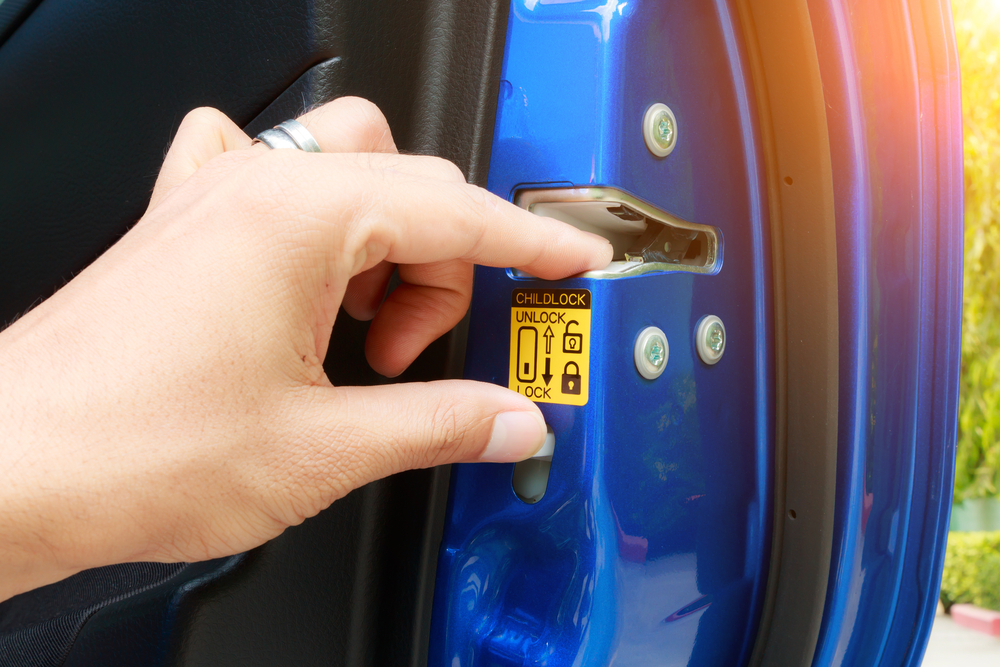
Child locks on rear doors prevent passengers (or pets) from accidentally opening doors. But they’re also critical in hijackings or if a passenger is disoriented (e.g., medical episodes).
Activation Tip: Use a key to toggle the lock switch on the door edge. Test it monthly.
The Silent Guardian: A 2021 incident in Florida saw a mother prevent her toddler from opening the door mid-drive, avoiding a collision.
The Spare Tire Release: Don’t Let It Rust Away
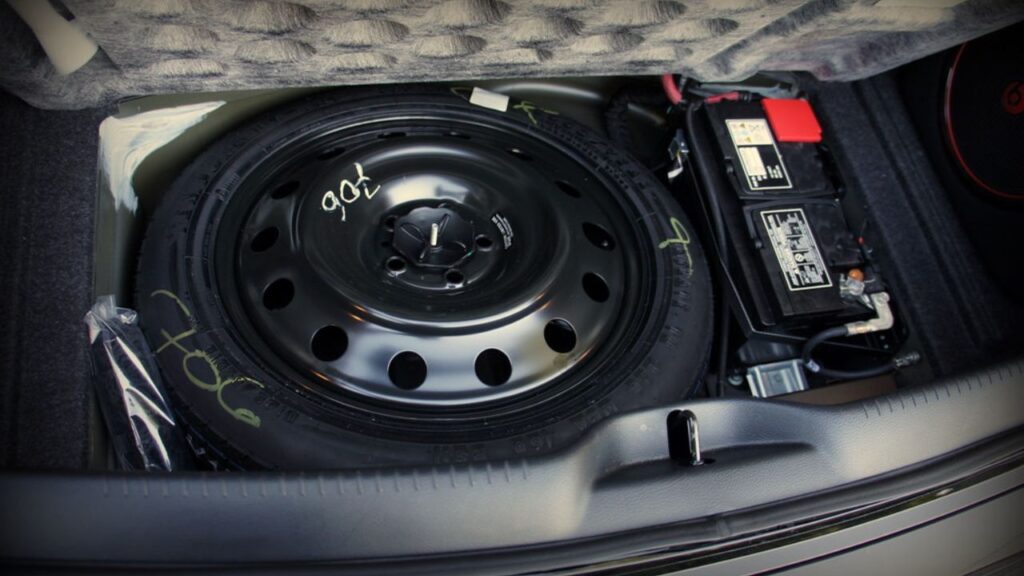
Modern cars often hide spare tires under the trunk floor with a crank mechanism. If corroded or forgotten, you’ll waste precious minutes during a flat tire.
Maintenance Advice:
- Lubricate the crank yearly.
- Check tire pressure every 6 months.
Shocking Stat: 40% of drivers under 30 don’t know how to access their spare (J.D. Power).
Why Don’t Automakers Highlight These Features?
- Aesthetic Design: Clean interiors sell better; buttons are hidden to avoid clutter.
- Liability Fears: Misusing overrides (e.g., shifting to Neutral on a slope) could cause accidents.
- Assumption of Knowledge: Manufacturers expect drivers to read manuals, but 75% never do (CARFAX).
- Dealership Role: Salespeople prioritize tech demos over “boring” safety features.
How to Take Control of Your Safety
- Read the Manual: Skim the emergency section.
- Practice Drills: Locate overrides and test them in a safe environment.
- Teach Passengers: Ensure others know how to exit the car if you’re incapacitated.
Final Thought: Cars are designed to protect, but their full potential is unlocked only when drivers seek knowledge. That unmarked button could save your life—don’t wait for a crisis to find it.
Tables and Rich Text Integration Example:
Shift Lock Override Locations
| Brand | Model Example | Override Location | Tool Needed |
|---|---|---|---|
| Toyota | Camry | Small slot near shifter base | Flathead screwdriver |
| Hyundai | Elantra | Under a removable plastic cap | Key |
| Mercedes | C-Class | Hidden panel in center console | Emergency tool |
⚠️ Warning: Never use the shift lock override on a slope without engaging the parking brake.
💡 Pro Tip: Film a 2-minute video of your car’s hidden features and save it to your phone for quick reference.

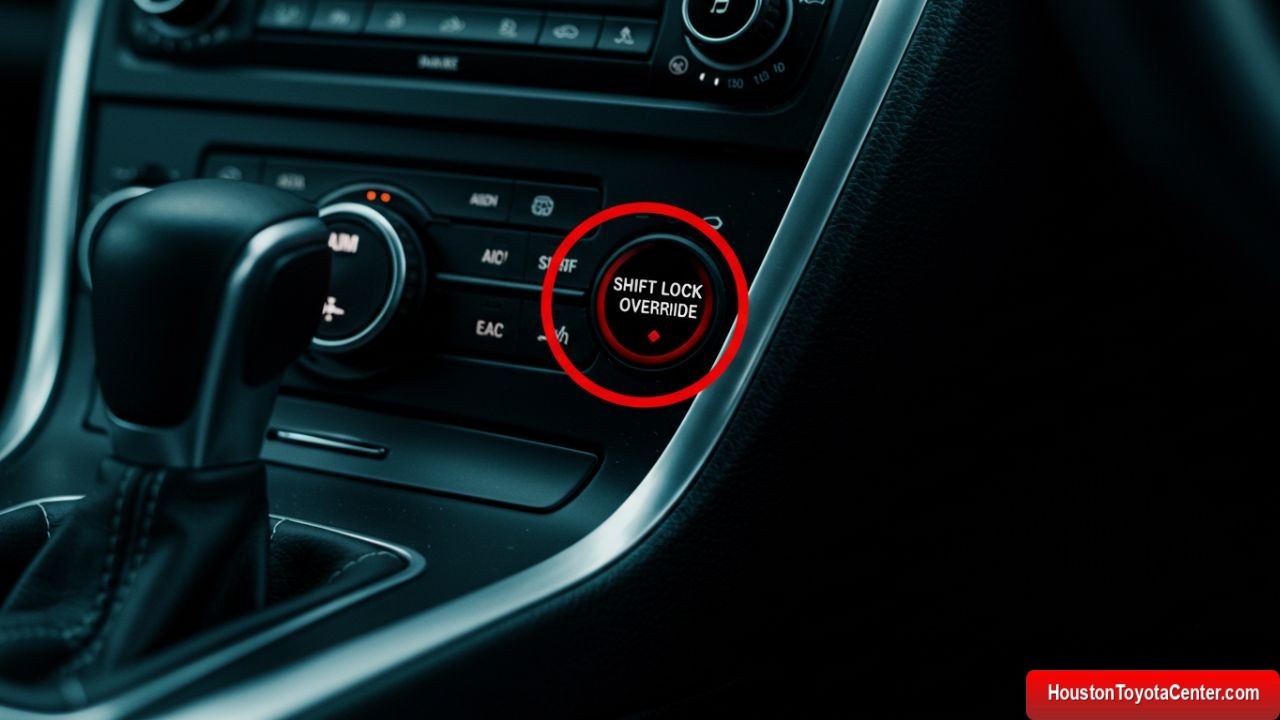
Leave a Reply